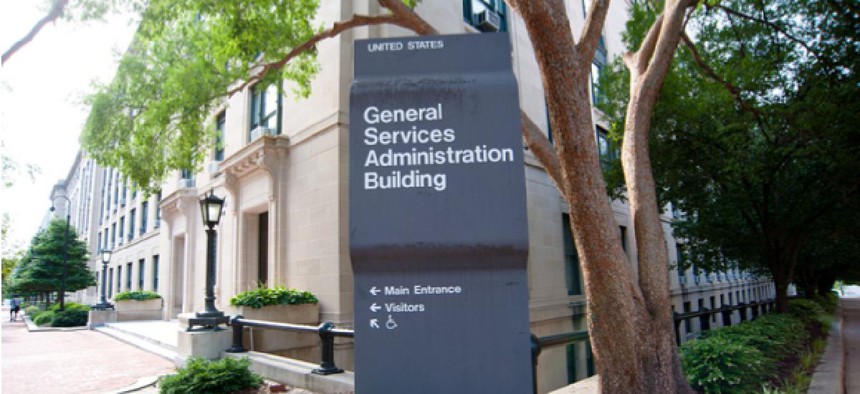GSA won't budge on STARS II deadlines

GSA isn't moving away from a new, shorter period of performance for one of its popular small business governmentwide IT contracts.

The General Services Administration isn't budging from its decision to significantly shorten vendor performance timelines for a popular small business set-aside governmentwide acquisition contract.
STARS II – short for 8(a) Streamlined Technology Application Resource for Services II – offers small businesses opportunities to sell technology services to government. The popular contract vehicle has been extended past its expected lifetime and had its ceiling value bumped this summer by $7 billion to a total of $22 billion to keep the contract running to support agencies' urgent needs for COVID-19 response.
Along with the additional funding, GSA worked out an earlier sunset for performance -- cutting contractors' period of performance for task orders under the contract from Aug. 30, 2024, to June 30, 2022.
GSA and the Small Business Administration -- whose standards qualify businesses for the STARS II contract -- explained that contractors on the vehicle had outgrown their small business status and could move on to another set-aside contract, GSA's Alliant 2 contract, or partner with small businesses to get on the developing 8(a) STARS III successor.
Some contractors complained that the shortened period of performance was announced with little fanfare in the GSA's notice of the STARS II ceiling increase. Two related complaints from vendors: The move hinders their ability to provide longer service agreements to federal IT buyers, and it comes at the busiest buying season as the fiscal year comes to a close.
"Federal procurement doesn't like surprises," said John Shoraka, co-founder and managing director at GovContractPros and a former SBA associate administrator.
Shoraka said some agencies are moving to other contracts, such as the National Institutes of Health's Information Technology Acquisition and Assessment Center's (NITAAC) CIO SP3 small business contract and the Army's Information Technology Enterprise Solutions-3 Services (ITES-3S) multiple award contract. That is potentially depriving STARS II vendors of opportunities.
A group of 8(a) STARS II contractors are contemplating taking their concerns to the U.S. Court of Federal Claims. James Fontana, managing partner at Tysons Corner, Va.-based contracting law firm Dempsey Fontana told FCW he's looking to protest the GSA's Justification and Approval decision that put the period of performance change in place.
"We're in the process of preparing it now. We plan to challenge the legitimacy of the changes and the J&A," Fontana said.
The move to shorten the period of performance also caught the attention on some on Capitol Hill. At the end of July, House Government Operations Subcommittee Chairman Gerry Connolly (D-Va.) and House Oversight Committee Member Rep. Eleanor Holmes Norton (D-D.C.) sent letters to GSA and the SBA asking them to take a look at some of the consequences of the increase in the 8(a) STARS II ceiling, particularly the shortened period of performance.
GSA told FCW in an Aug. 28 emailed response to questions that was in the process of responding to the letters.
In its reply to FCW, GSA also reiterated its initial reasoning for shortening the period of performance, saying the ceiling for the vehicle had been reached and it had to act to help its federal customers.
"To that end, once the remaining contract ceiling had been fully allocated, GSA's priority was ensuring agencies could continue to acquire IT services needed to enable the most rapid possible response to the COVID-19 pandemic," a spokesperson told FCW.
The increase in the ceiling benefitted both agencies and industry, it said, and allowed agencies direct access to all 787 contractors on 8(a) STARS II, including 538 industry partners who have graduated from the agency's 8(a) program yet can still access the contract's opportunities.
It said the two-year task order period will allow 8(a) graduates to transition out of the program, as well as allow 204 current 8(a) firms and 45 joint venture firms to compete for up to $7 billion in new opportunities.
The future for the small business program at GSA is STARS III, the $50 billion ceiling successor contract. Bids on STARS III were due Aug. 26.
NEXT STORY: GSA imagines new small business GWAC


